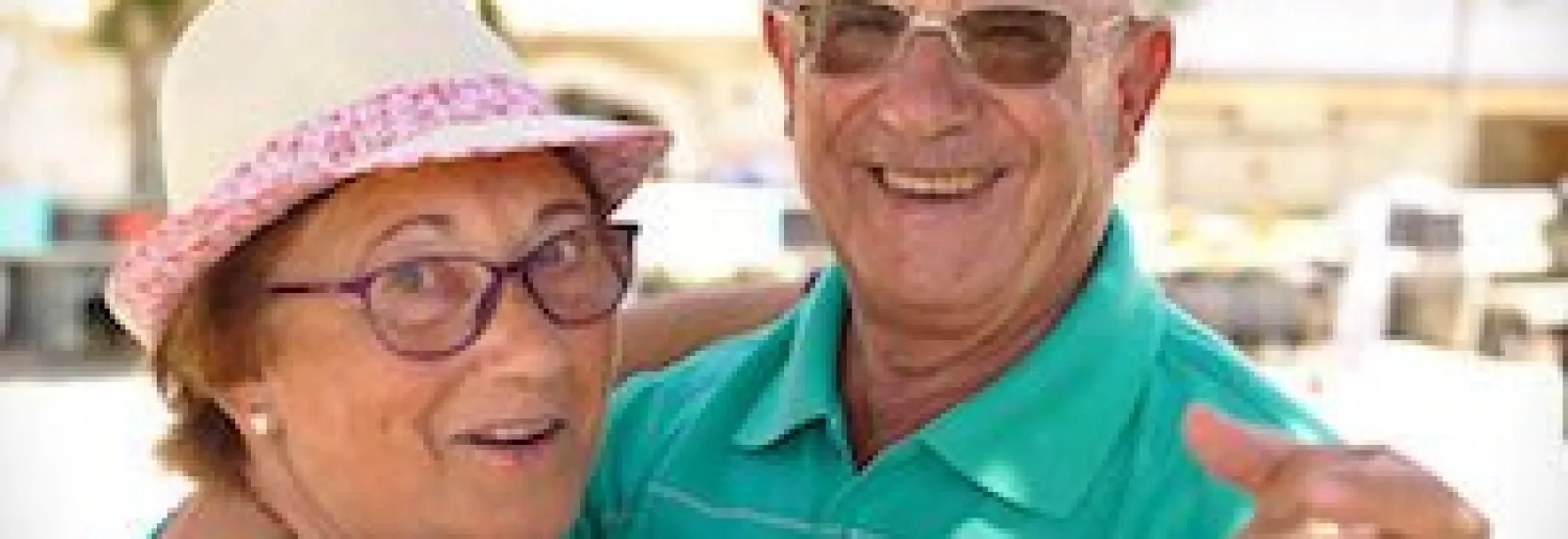
How to get rid of spider veins
Spider veins are visible clusters of small veins typically found on the legs or face and according to the Office on Women’s Health (OWH) they affect 50 to 55 percent of women and 40 to 45 percent of men. As the OWH points out spider veins are typically not viewed as dangerous and tend to have pretty mild symptoms. However many people want to know how to get rid of spider veins because they make them self-conscious.
What causes spider veins?
The OWH explains there are certain biological and lifestyle factors that can increase your risk of spider veins and varicose veins (spider veins’ larger more severe counterparts). The valves in your veins can weaken as you get older so age is a factor. Hormonal changes brought on by pregnancy menopause or a new hormone supplement regimen can cause varicose or spider veins to form. Obesity or a more sedentary lifestyle can put extra pressure on your veins especially if you sit or stand for long periods of time.
How are spider veins treated?
Scelotherapy is the most popular treatment for spider veins and varicose veins because it’s minimally invasive relatively inexpensive and very effective. A very fine needle injects a sterile solution right into the veins causing them to shrink. The relatively pain-free procedure takes as little as 15 minutes. A single procedure can eliminate the appearance of veins but some patients come back for a few sessions to achieve their ideal results. Dr. Michael Buckmaster of Reid Vascular Surgery performs this outpatient procedure.
What you can do at home to reduce and avoid new spider veins and varicose veins?
You can have varicose veins and spider veins removed but the same factors can cause them to come back. The OWH notes that not all of these problems can be prevented but there are lifestyle choices you can make to help reduce your risk and ease symptoms.
- Reduce standing still
If you stand for long hours for your job schedule more frequent breaks to sit down and put your feet up. While standing try shifting your weight back and forth or even marching in place or doing standing calf raises by shifting weight up onto the balls of your feet and back. - Choose low-impact exercise
Try forms of exercise that do not fight gravity. Swimming cycling and working out on an elliptical machine all can relieve pressure on the veins while improving your cardiovascular fitness and helping with weight loss according to Emory Healthcare. - Reduce your weight
If you think your weight is a factor get help from nutrition and exercise experts who can guide you through lifestyle changes to improve your overall health — and your varicose veins. - Wear compression stockings
Compression socks or hose are designed to keep pressure on your legs to help with circulation. You can purchase them at Reid Home Medical Equipment but there are also prescription-strength hose for more severe cases. - Try yoga
Yoga Journal lists varicose veins among the many ailments Legs-Up-the-Wall can help with. Lie with your legs as its name indicates with your lower back supported on the floor. The pose is said to relieve fatigue and cramping in the legs and feet and calm the mind.
If you’re wondering how to get rid of spider veins see your doctor first to be sure you don’t have any additional serious cardiovascular problems.
Image source: Flickr

